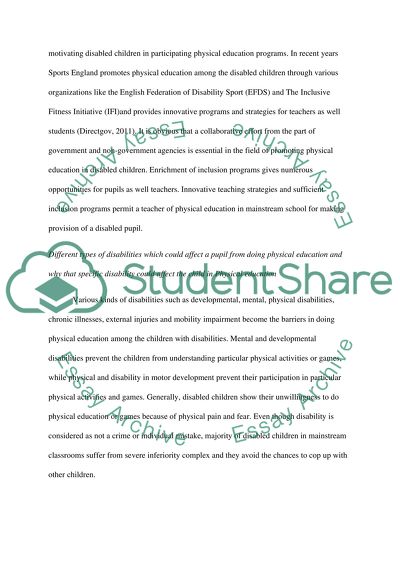Cite this document
(“Making Provision for the Inclusion of Disabled Pupils in Mainstream Essay”, n.d.)
Retrieved from https://studentshare.org/education/1430168-discuss-how-a-teacher-of-physical-education-in
Retrieved from https://studentshare.org/education/1430168-discuss-how-a-teacher-of-physical-education-in
(Making Provision for the Inclusion of Disabled Pupils in Mainstream Essay)
https://studentshare.org/education/1430168-discuss-how-a-teacher-of-physical-education-in.
https://studentshare.org/education/1430168-discuss-how-a-teacher-of-physical-education-in.
“Making Provision for the Inclusion of Disabled Pupils in Mainstream Essay”, n.d. https://studentshare.org/education/1430168-discuss-how-a-teacher-of-physical-education-in.


